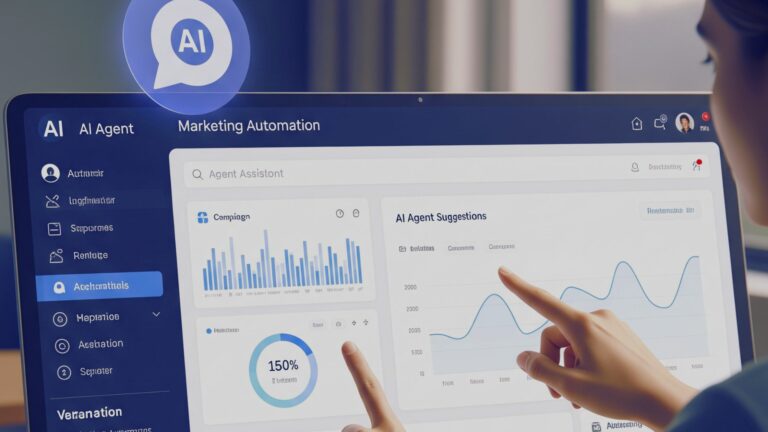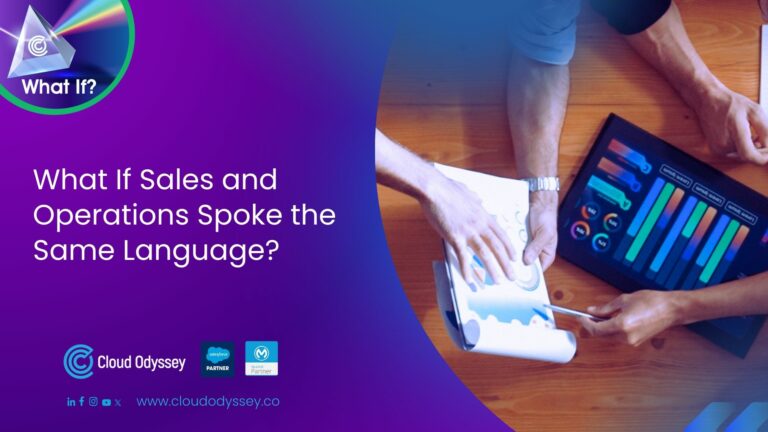In addition to consumers, businesses also rely on online platforms to make purchases. Recognising these needs, Salesforce Commerce Cloud (SFCC) has introduced a leading B2B commerce solution tailored specifically for businesses. In 2018, Salesforce acquired CloudCraze, a renowned e-commerce platform for companies selling to business customers. Today, CloudCraze is known as Salesforce B2B Commerce, providing an efficient digital experience and personalised shopping journey for B2B transactions.
Understanding of B2B Commerce
B2B commerce involves directly marketing and selling products or services between two businesses online. B2B e-commerce websites cater to a smaller group of well-established clients who frequently make substantial or recurring purchases.
For instance, a chemical producer may sell to 1,000 factories with monthly reorders. B2B websites must ensure customers can easily place significant orders and reorder products promptly.
Partnerships in B2B Commerce
- B2B sellers collaborate with wholesalers.
- large retailers,
- organisations such as schools, non-profits, and resellers.
The digital space enables buyers and sellers to interact, allowing them to place and manage orders through mobile devices. This expansion of channels provides companies with new opportunities to connect with distributors and suppliers.
Business-to-business (B2B) is a rapidly growing market where companies interact with each other. B2B marketplaces offer various advantages, such as the ability to grow and adapt easily, using digital tools, focusing on customer needs, and accurately analysing data. Salesforce B2B Commerce is designed to enhance the online shopping experience and provide personalised journeys. It is built directly on a CRM platform and an experience cloud.
In B2B transactions, customers often make purchases over a long period of time. Therefore, capturing data related to these transactions is crucial. That’s why B2B commerce is seamlessly integrated with the Salesforce Lightning Platform, which includes data from the following Salesforce CRM tools
- Service Cloud,
- Sales Cloud,
- Experience Cloud.
This integration allows customers, distributors, and buyers to combine B2B commerce with their Salesforce CRM data. Doing so gives them a complete and comprehensive understanding of their customers or accounts.
Differentiating B2B from B2C Commerce
B2B and B2C commerce differ in several ways. In B2B commerce, customers are referred to as “buyers,” whereas in B2C commerce, they are “shoppers.” B2B e-commerce focuses on selling products or services to other businesses, while B2C e-commerce targets individual consumers.
B2B transactions typically involve more complex relationships, bulk goods movement, negotiated pricing, and account-specific terms, often made on behalf of someone else. On the other hand, B2C commerce aims to provide an exceptional shopping experience with easy product access and fast checkout.
In B2C commerce, prices are determined based on targeted price books and discounts through promotions. In an online B2C store, the prices are fixed and the same for every customer.
However, this is different for B2B customers. The prices can vary depending on factors such as the customer’s location, their relationship with the B2B business (short-term or long-term), and their order volume.
B2B transactions typically involve high-value sales with a low volume of items sold. This means that each sale brings in a significant amount of money, but the number of sales is relatively low compared to B2C models. This is because B2B sales are often made to large organisations that may only purchase a few products or services.
Both B2B and B2C customers have relationships with e-commerce companies.
For example, B2B eCommerce customers often have long-term relationships with suppliers because they make multiple purchases from the same supplier over time. B2C customers, on the other hand, tend to have shorter-term relationships with suppliers since they usually make one-time purchases.
The Impact of B2B E-Commerce on Business Growth
The COVID-19 pandemic has accelerated the shift towards online shopping, creating significant growth opportunities for B2B e-commerce. With the closure of physical stores and the surge in online orders, the B2B business outlook has been positively influenced. The global B2B e-commerce market, estimated at USD 7,907.07 billion in 2022, is projected to reach USD 33,317.37 billion by 2030, growing at a CAGR of 20.2%.
Drivers of B2B E-Commerce Growth
Several factors have contributed to the substantial growth of B2B e-commerce. One significant driver is the increasing number of businesses embracing online transactions, especially small and medium-sized enterprises (SMEs) utilising online marketplaces to expand their customer and supplier networks. Adopting technology, such as cloud-based procurement software, has streamlined procurement processes, reduced costs, and enhanced efficiency.
Conclusion
Understanding the distinctions between B2B and B2C commerce is crucial when venturing into the world of e-commerce. B2B e-commerce focuses on long-term relationships, high-value sales, and serving businesses, while B2C e-commerce caters to short-term transactions, high-volume sales, and individual consumers. By leveraging digital channels and tools, businesses can optimise their B2B strategies and achieve growth while meeting customer expectations and demands.










